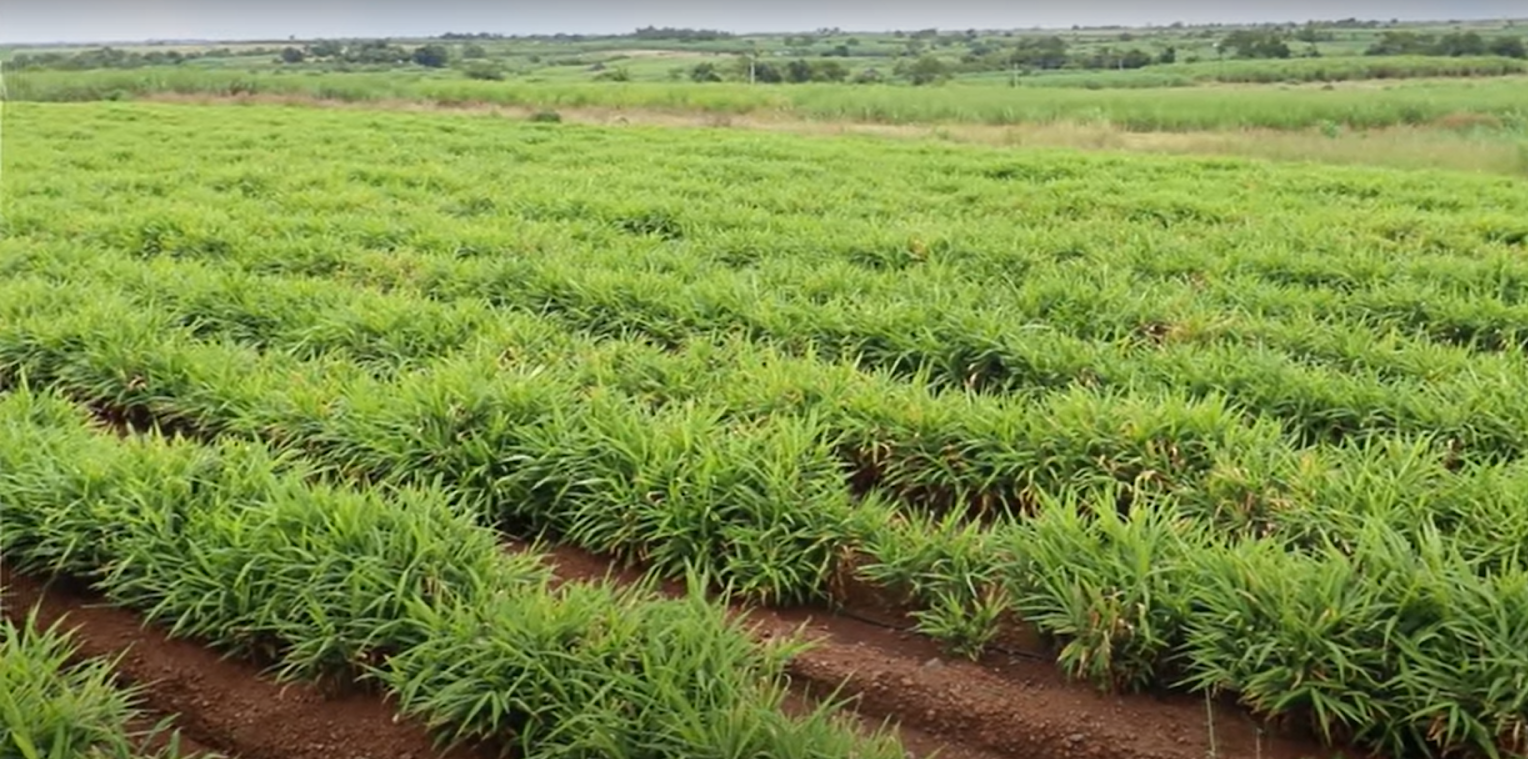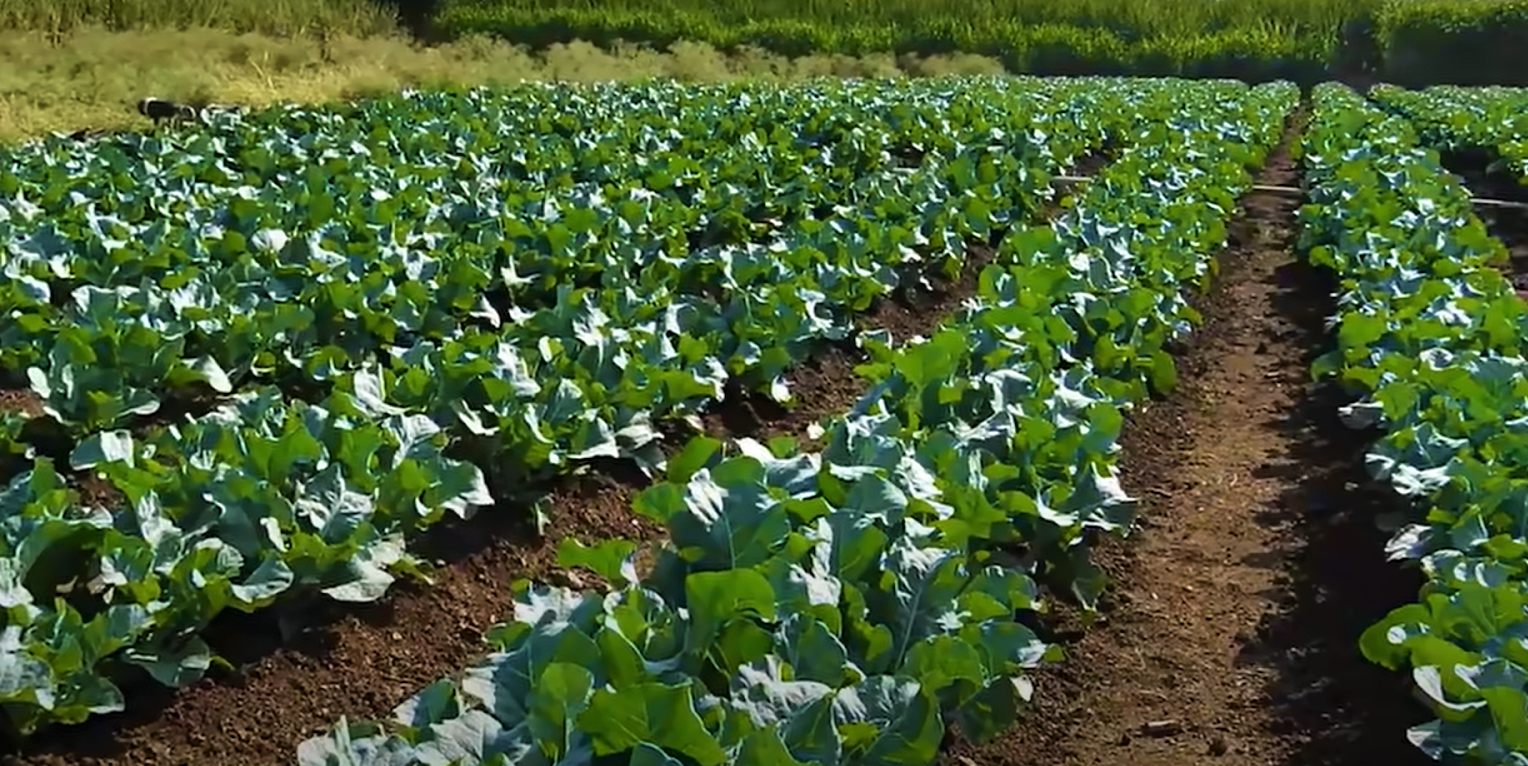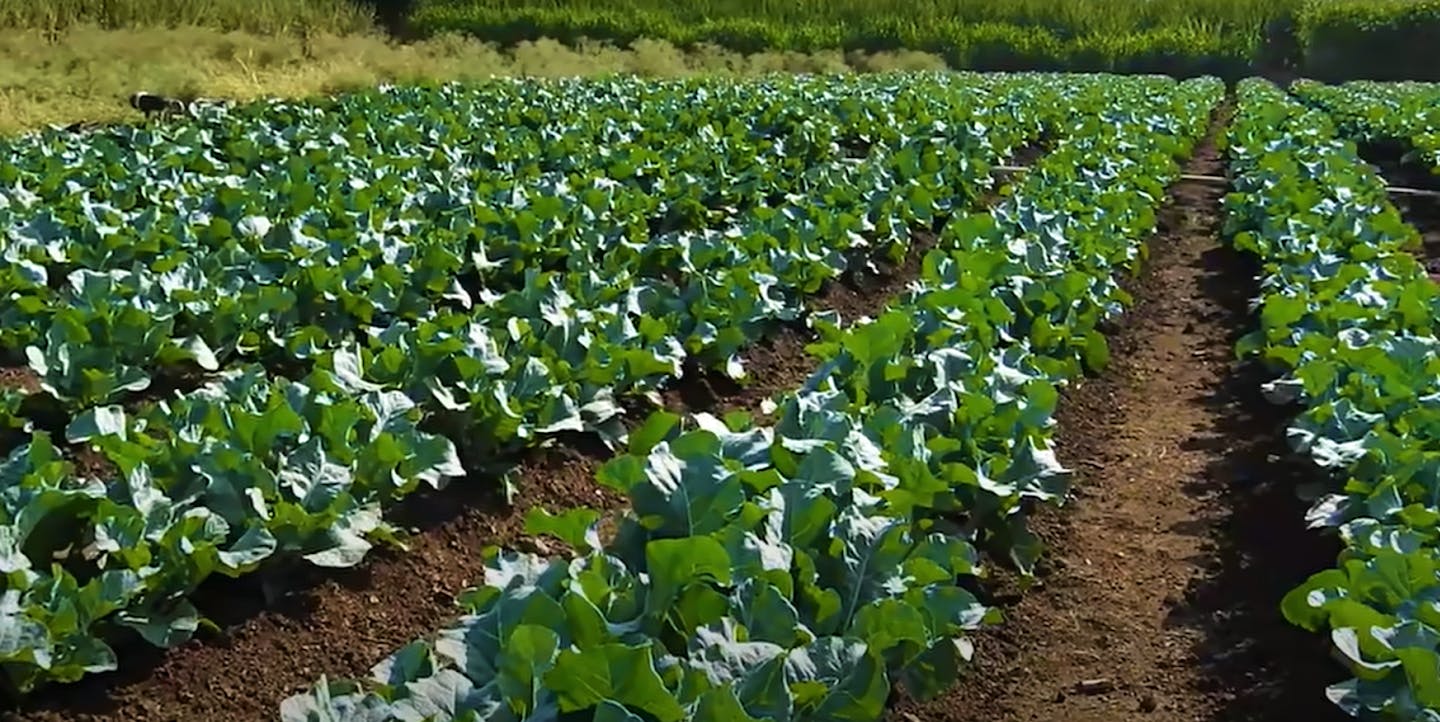After intense climate impacts, agroecology saved this Indian village’s economy
- Regenerative Agriculture
- Regenerative Croplands
- Crop Optimization
- Sustainable Livelihoods
- Education & Culture
- Indian Subcontinent
- Indomalaya Realm
Over the past decade, North Indian farmers have been facing the brunt of global warming, experiencing weather extremes such as heatwaves and sub-zero temperatures. To keep crops from plummeting, farmers of the suburban Bhadohi region were forced to look for ways to adapt.
To resist climate impacts, farmers of Bhadohi adopted agroecology, implementing methods such as crop rotation in their plantations. This helped them increase production. At the same time, it enhanced their climate resilience and improved the health of local ecosystems.

Ginger crops which locals have started to integrate into crop rotation patterns due to high market value. Image credit: Courtesy of Ishita Yadav
Essentially, in agroecological systems, farmers plant different crops on a given section of land. Often, these crops don’t even belong to the same family. Although it’s a simple idea, it benefits the soil and food production.
In 2019, Shyam Prasad, a farmer from Bhadohi, a region that traditionally refrained from cultivating legumes due to non-optimal weather conditions and market insecurity, began integrating greens into his rotation.
After reading it in his grandfather’s family journal, he came up with the idea, which outlined the numerous benefits of crop rotation. Upon reading his grandfather’s observations on the impacts of legumes on soil health, he decided to test his grandfather’s findings by planting legumes on a small section of his farmland.
Within two harvest cycles, Prasad was surprised to see a reduction in erosion, improvement in soil structure, and a drop in nitrogen fertilizer use. Initially, the locals were skeptical, but after witnessing a 10% increase in product weight and a 20% rise in commercially viable produce, they began to adopt Prasad’s agriculture patterns enthusiastically.
Since then, about 20 farmers in the greater Bhadohi region have integrated greens into their crop rotations, and many others are planning to do so in the coming year. However, lack of market security around legume production and high-cost inputs such as fertilizers and legume seeds, which are up to 30% more expensive than wheat, have deterred many from joining the agroecological bandwagon.
However, for those who implemented it, agroecology helps farmers make their practices more sustainable.

Locals have begun to see profound positive change in the soil, which is now richer. Image credit: Courtesy of Ishita Yadav
Soil regeneration
Crop rotation renews minerals in the soil. Usually, if the same crop is planted in the same field every cycle, the soil is depleted of certain minerals essential for plant growth over time. Yet, when a different crop from another family is sown, other nutrients will be taken up and will return missing minerals to the soil as the plant dies and becomes compost.
This method is essential to resist climate impacts. As weather extremes grow more intense in Bhadohi, agroecology has helped farmers protect soil quality.
Prashant Sharma, a farmer of the Bhadohi community, experienced this himself. He adopted crop rotation in 2016 by alternating traditional crops with fibrous roots such as wheat, gram, and barley. The farmer said the soil structure in his farm started to improve and its capacity to retain water.
Rotating crops is a popular agroecology technique, which has been implemented for generations in India’s indigenous communities. However, less than 4% of Indian farmers implement sustainable agricultural practices at large scales, a 2021 study by the Council on Energy, Environment, and Water (CEEW) found. The study suggests that scaling up sustainable agricultural practices is vital for the climate and farmers’ incomes and the country’s food security.
Earlier this year, the locals of Bhadohi approached legislative authorities with a proposal to develop guidelines on crop rotation for climate adaptation. This would help spread awareness and provide farmers across India with tools to learn about the technique.


